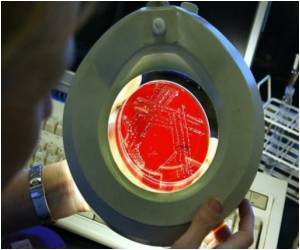An important development in understanding how the bacterium that causes pneumonia, meningitis and septicaemia remains harmlessly in the nose and throat has been discovered.

However, the conditions that drive this bacterium from harmless commensal to major pathogen are not understood.
Scientists at the University have now uncovered the mechanisms by which this occurs and how it is regulated by the host immune system.
They found that a specialised group of white blood cells called T regulatory cells are activated by the pneumococcus and move to dampen down a damaging pro-inflammatory response from the host immune system.
When white blood cells attack bacteria they cause inflammation and, if this inflammation is uncontrolled it can become excessive and damage host tissues, allowing the bacteria to spread into the rest of the respiratory system and other organs in the body.
The first author of the study, immunologist Dr Daniel Neill said: "These bacteria are quite happy to live in your nose and it's not in their interests to spread and kill their host. This is why they activate T regulatory cells: to keep the immune system in check and ensure their own survival.
"Understanding this process can now lead us to investigate how the bacteria go from this state to causing lethal infections."
"However, they do not protect us against all strains of pneumococci. Therefore, understanding the key immunological interactions with the pneumococcus, in the very first site they enter and colonise the human body is crucial to future development of better vaccines."
"In this study we have revealed how there is a delicate balance between the ability of the pneumococcus to colonise the host nasopharynx and the critical need of the immune system to prevent damaging inflammation in this key site."
"We hope that this will lead to developing novel therapies based on modulating the host immune system to prevent subsequent invasive disease."
The paper 'Density and Duration of Pneumococcal Carriage Is Maintained byTransforming Growth Factor b1 and T Regulatory Cells', was published in the American Journal of Respiratory and Critical Care Medicine.
Source-Eurekalert
 MEDINDIA
MEDINDIA




 Email
Email







